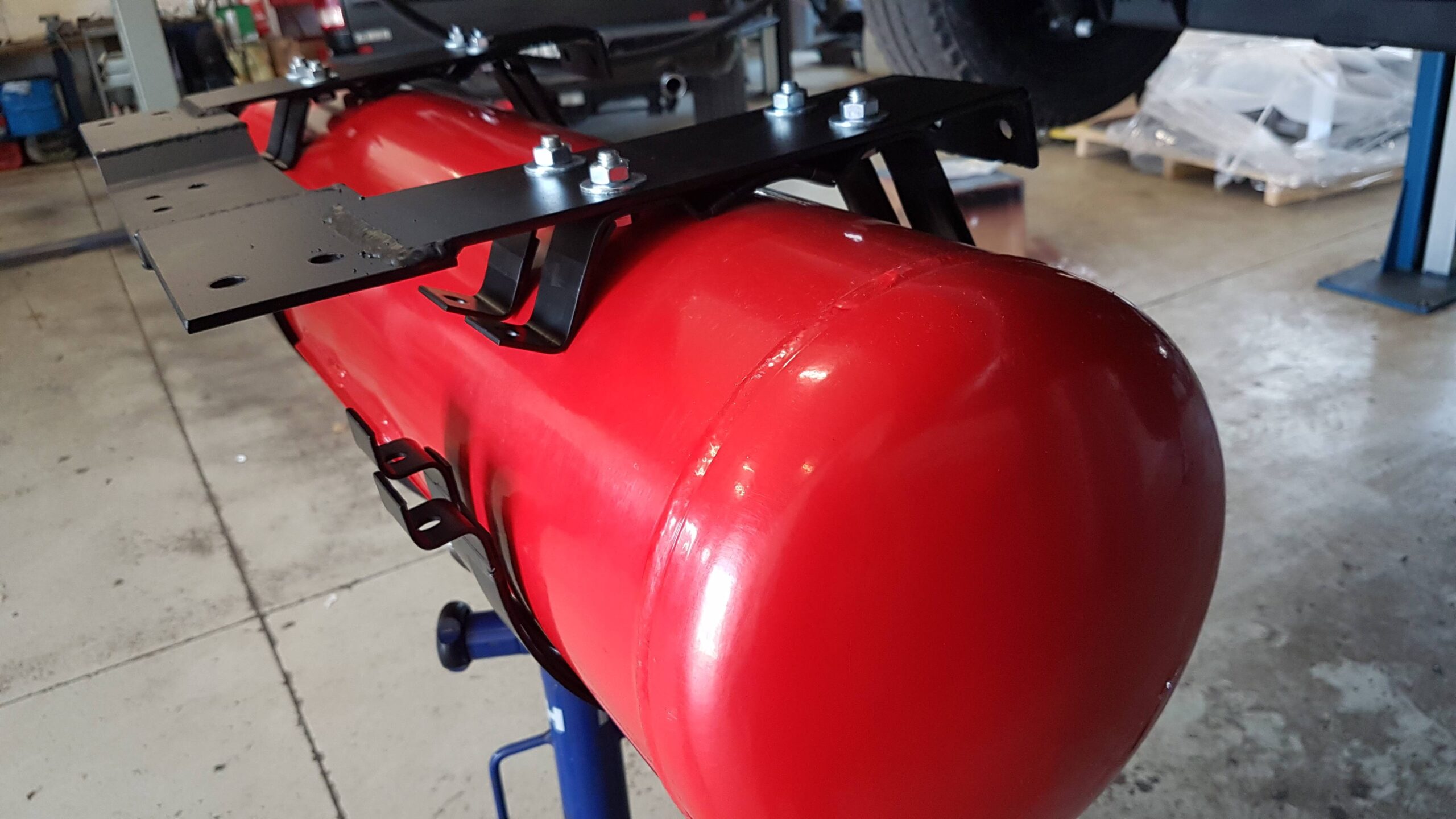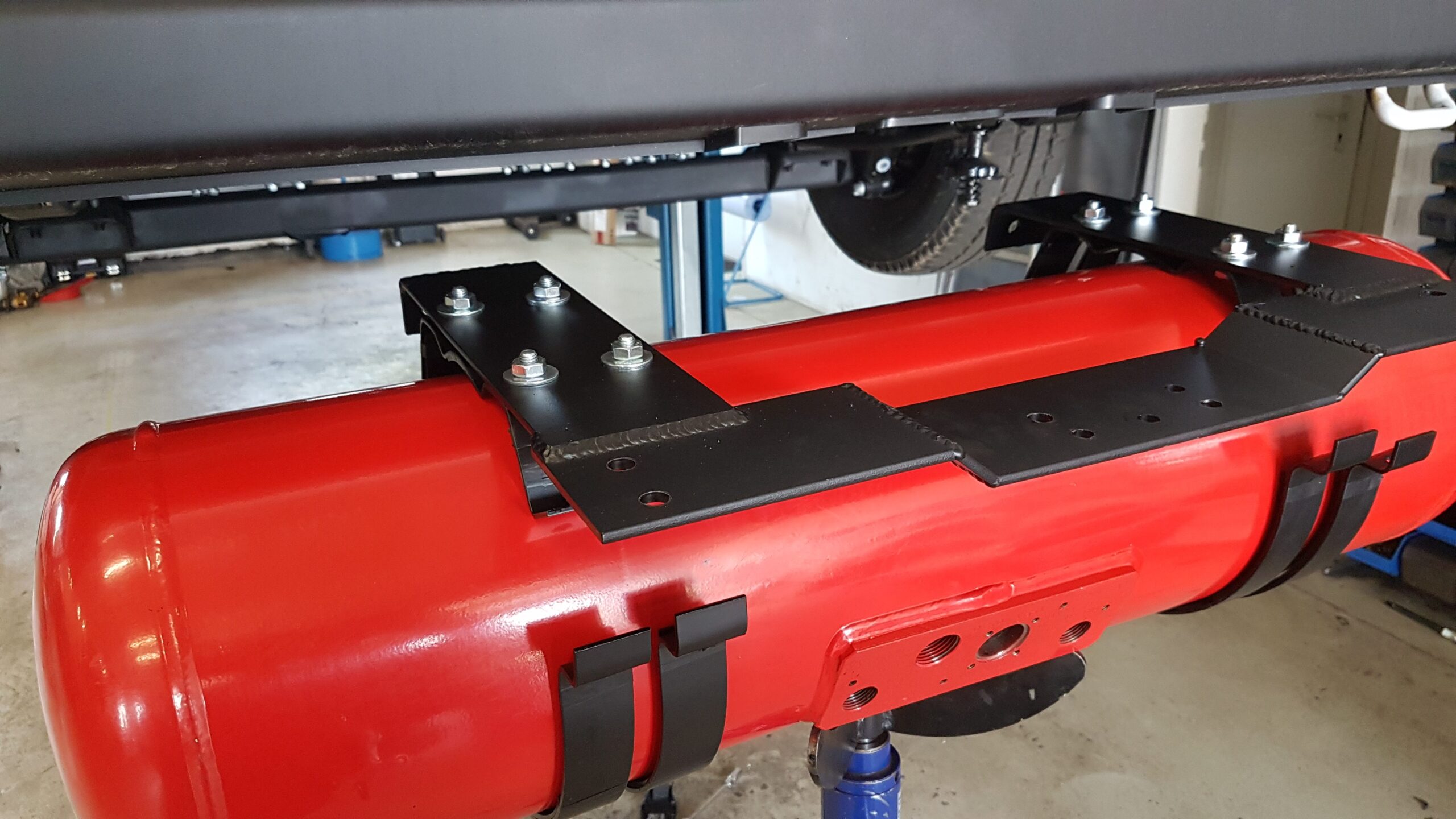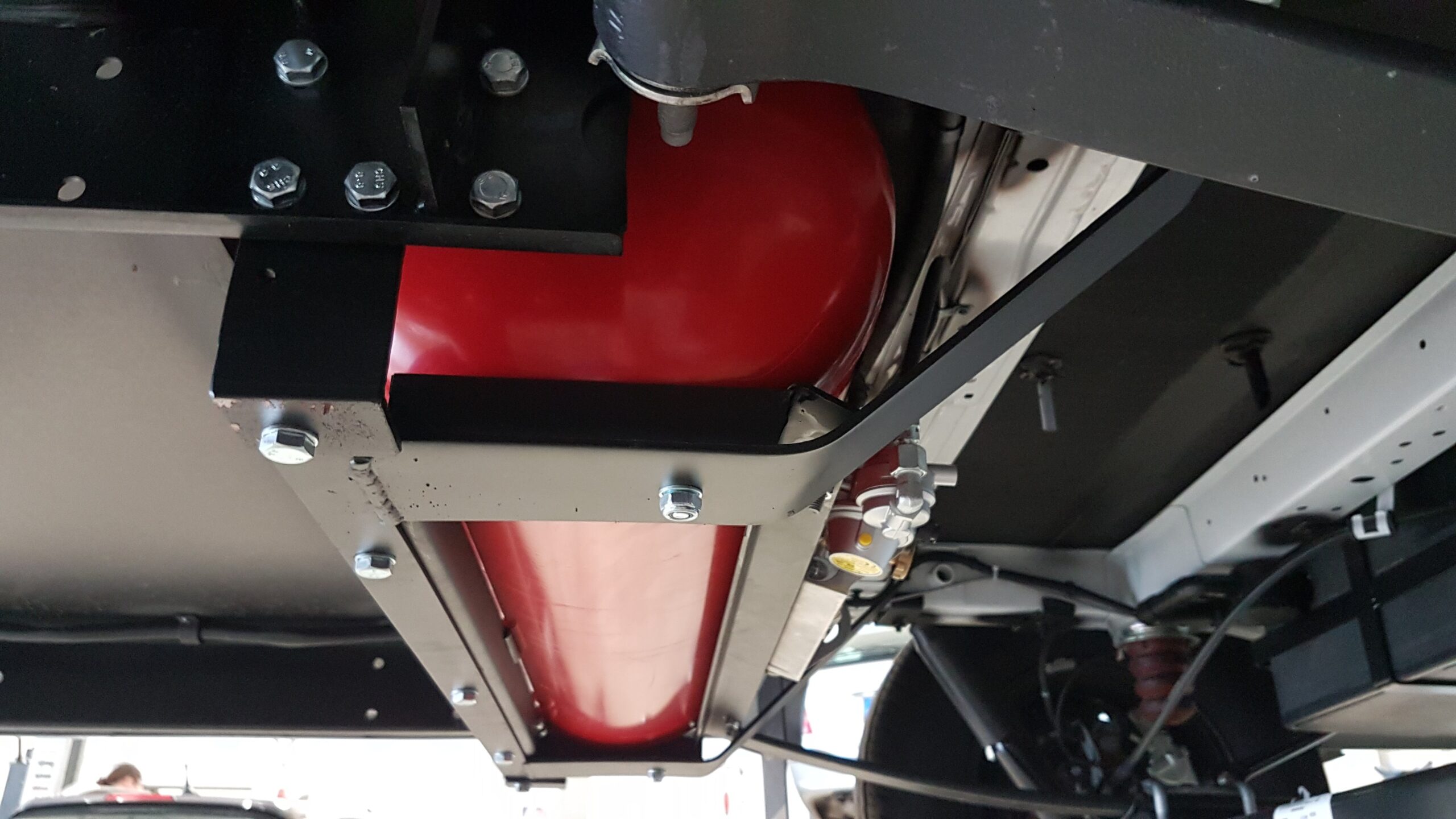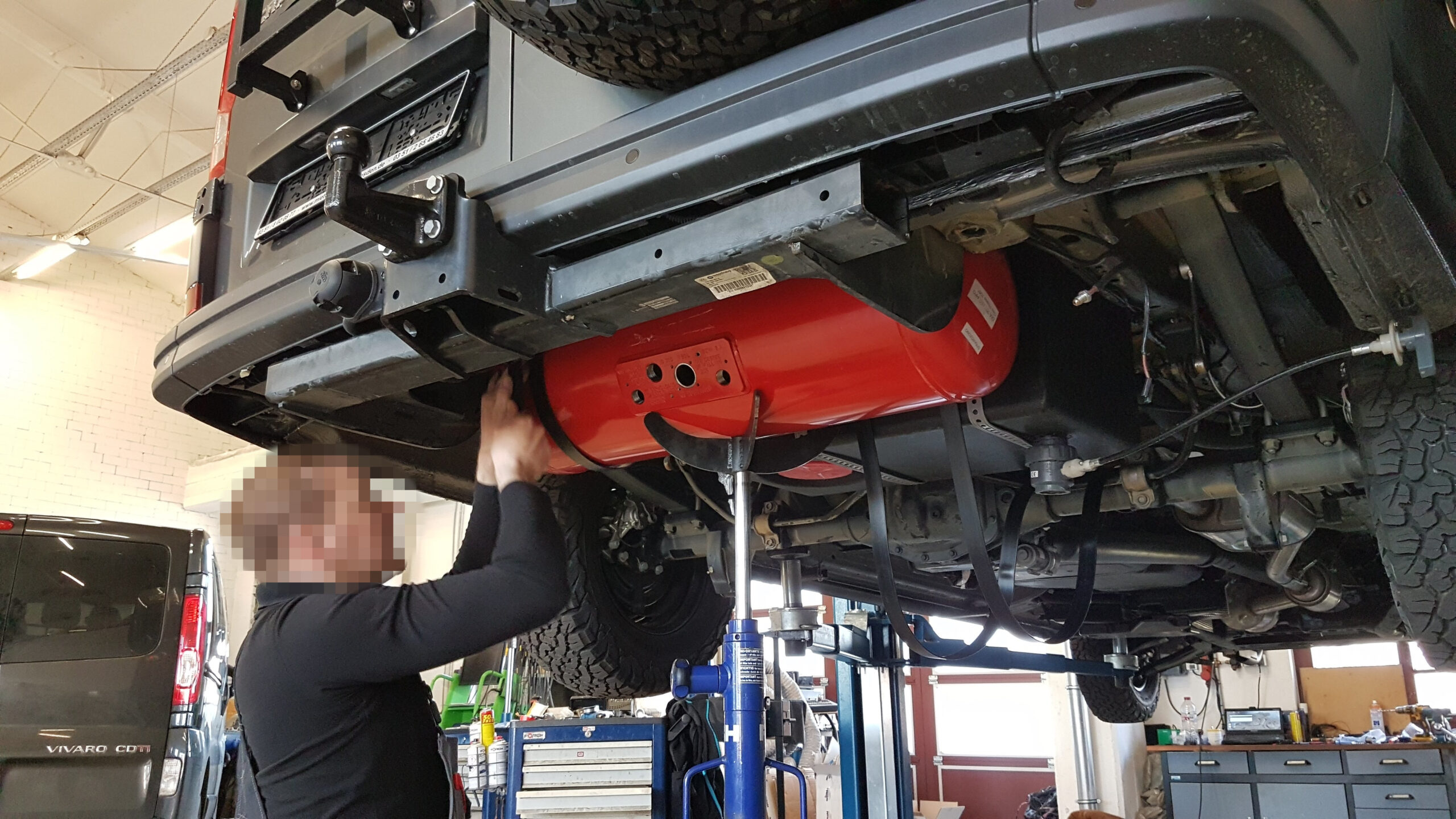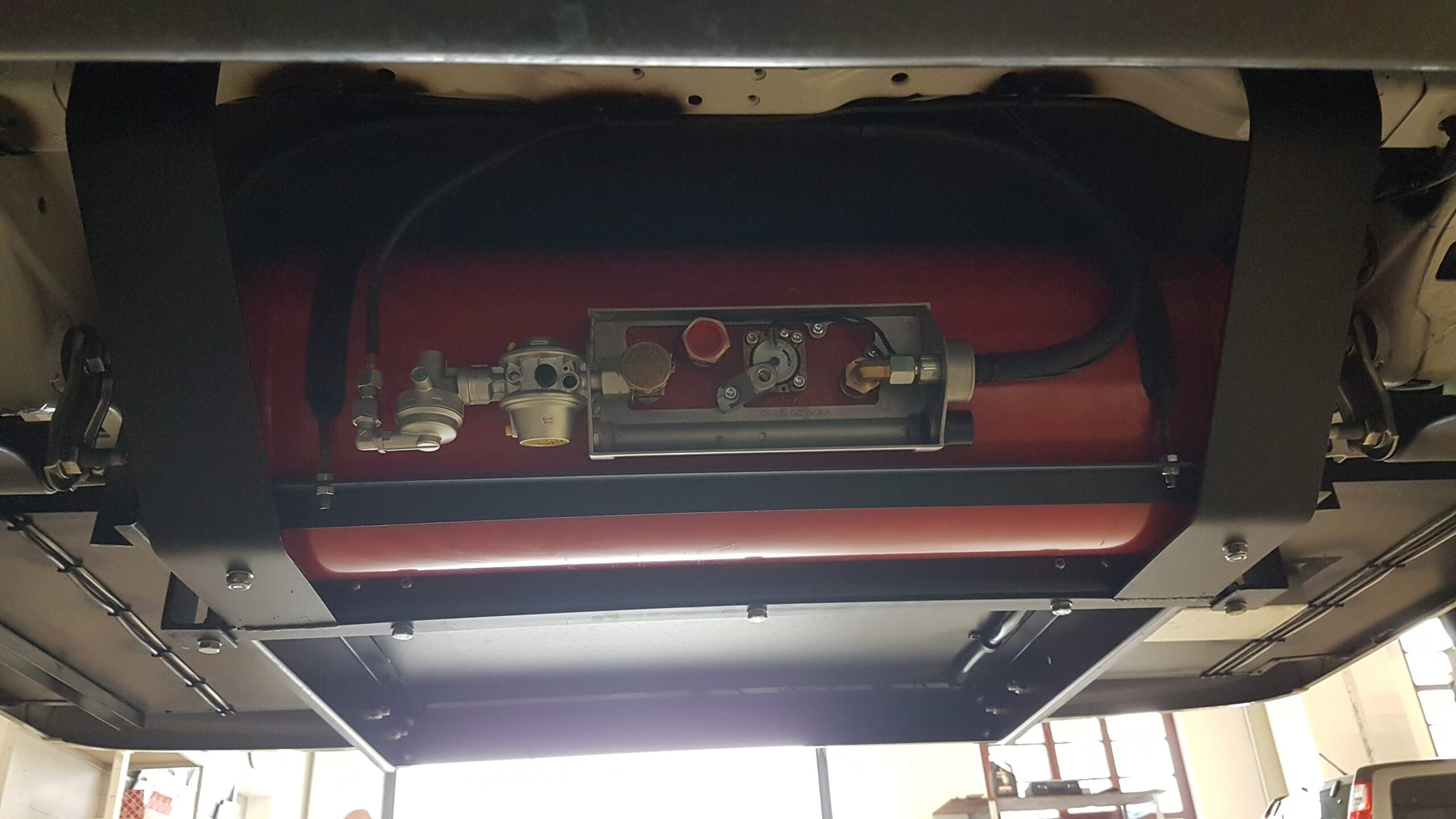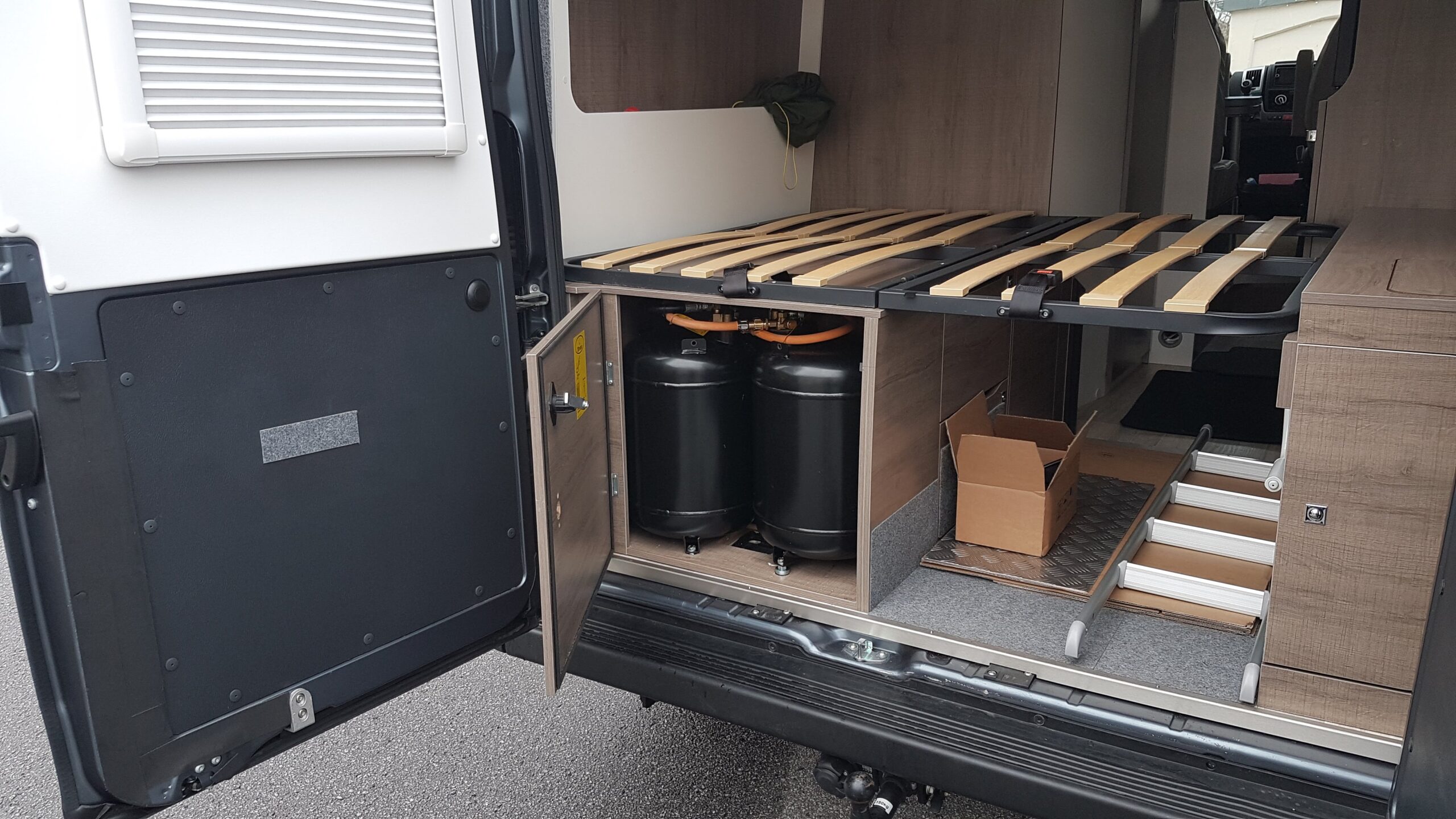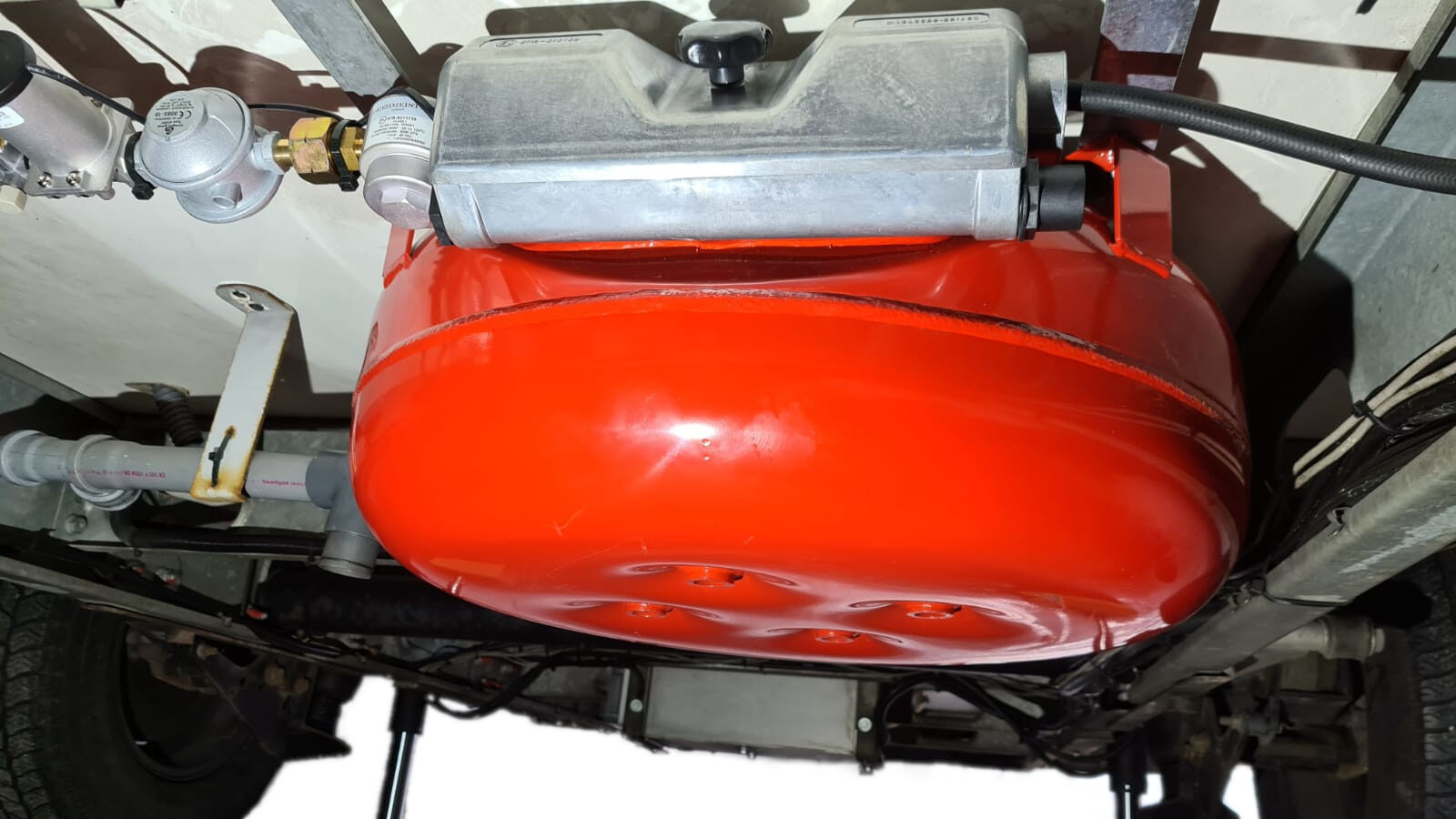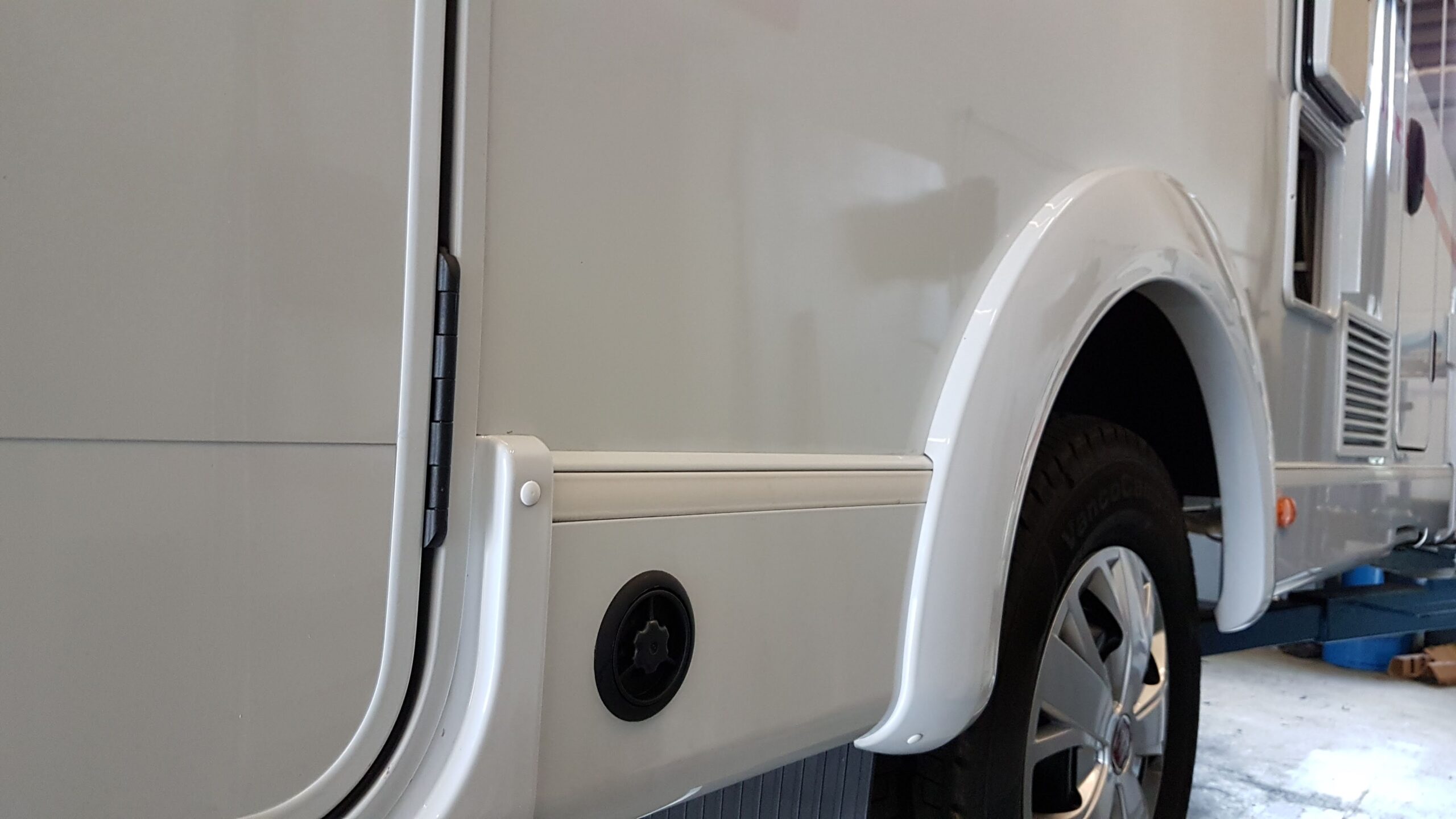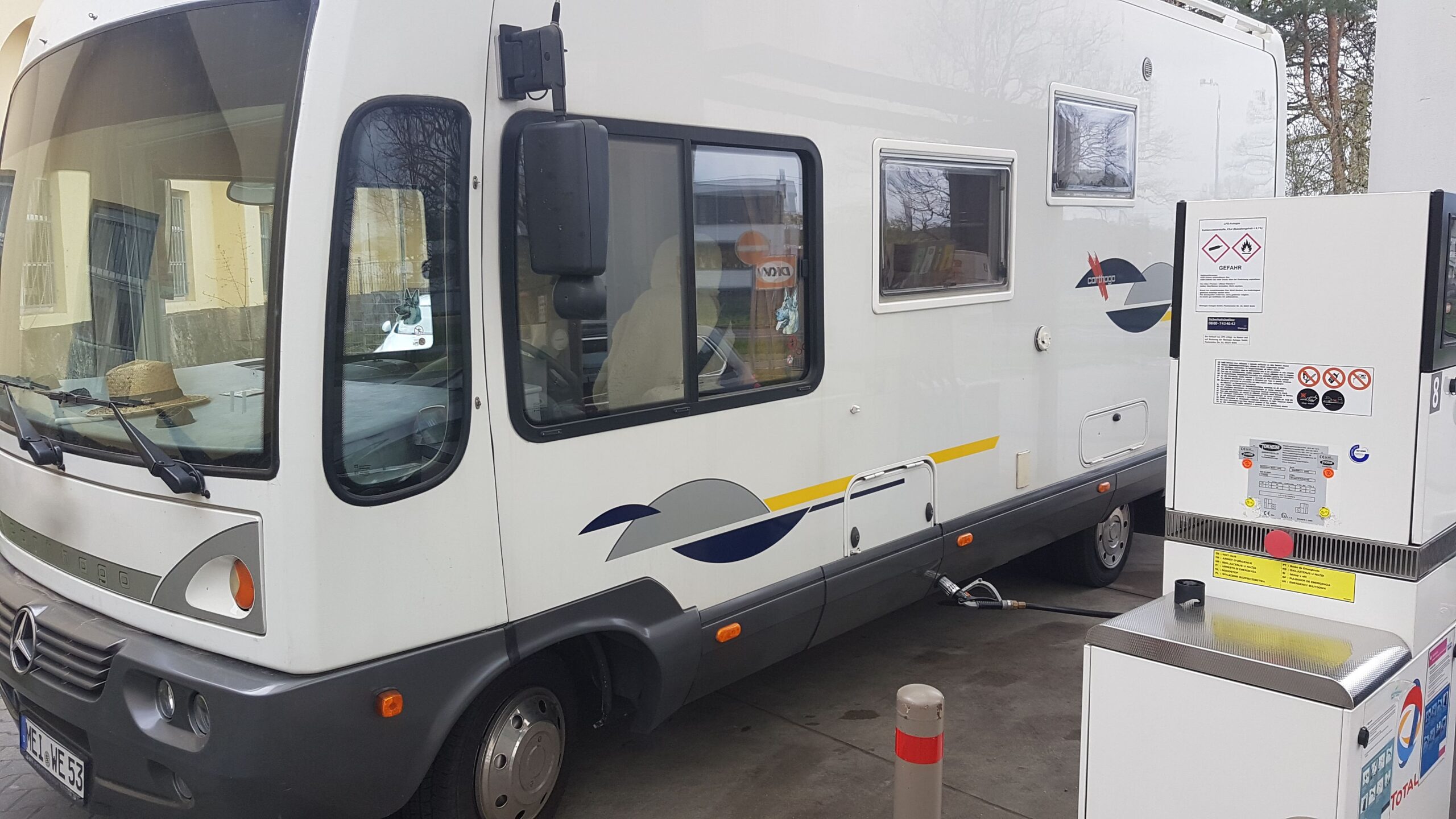CAMPKO
The safe gas supply for on the road
CAMPKO specialises in the manufacture and development of components and systems for the mobile gas supply of motor homes, campers, caravans, RVs and boats.
CAMPKO products meet all necessary safety standards and ensure a consistently high level of quality.
CAMPKO STEEL
CAMPKO COMPOSITE
Products
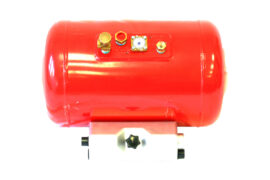 CAMPKO STEEL Camper Propane Tanks Camper propane tanks (also called rv propane tanks or vapour gas tanks) are available as ring tanks or cylinder tanks. Open
CAMPKO STEEL Camper Propane Tanks Camper propane tanks (also called rv propane tanks or vapour gas tanks) are available as ring tanks or cylinder tanks. Open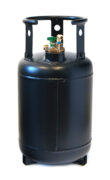 CAMPKO STEEL – Refillable Gas Bottles made of Solid Steel The CAMPKO STEEL refillable gas bottle is a real heavyweight with its high safety standard. Open
CAMPKO STEEL – Refillable Gas Bottles made of Solid Steel The CAMPKO STEEL refillable gas bottle is a real heavyweight with its high safety standard. Open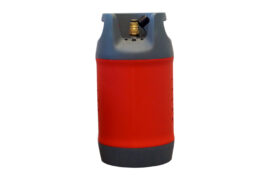 CAMPKO COMPOSITE – Refillable Gas Bottles made of Composite Material The CAMPKO composite refillable gas bottle is offered in two different valve versions, OPD valve and multivalve. Both valves have an 80% fill stop function that protects against overfilling. Open
CAMPKO COMPOSITE – Refillable Gas Bottles made of Composite Material The CAMPKO composite refillable gas bottle is offered in two different valve versions, OPD valve and multivalve. Both valves have an 80% fill stop function that protects against overfilling. OpenCamper Propane Tanks and Refillable Gas Bottles
The advantages are obvious
Permanently installed camper propane tanks enjoy in recent years increasing popularity among campers in the leisure sector. Retrofitting eliminates the need for regular exchange of conventional 5kg or 11kg gas cylinders, which with their low filling capacity quickly run out at low temperatures and have to be replaced regularly.
During longer stays abroad or when wild camping the exchange possibility is additionally strongly limited.
Permanently installed gas tanks and refillable gas bottles offer the camper not only more safety, but also a significantly higher filling quantity and thus longer use of all gas consumption devices.
The Extra Safety
Properly permanently installed gas tanks & refillable gas bottles in motorhomes, campers, RVs & caravans provide additional safety for every camper and his companions. Conventional exchangeable gas cylinders are often inadequately secured in the gas locker, as the fastening must be loosened quickly and the cylinders must be easily accessible. Often exchangable gas bottles are secured only with thin straps or metal chains from slipping and not infrequently simply placed in the gas locker without securing. A great advantage of permanently installed gas tanks & refillable gas bottles are the robust tank fasteners made of steel or stainless steel, which are firmly connected to either the body of the vehicle or the back wall of the gas locker.
All CAMPKO refillable gas bottles and camper propane tanks are equipped with overpressure safety valves and 80% fill stop valves. The latter protect against overfilling during refueling.
The More Freedom
Camper propane tanks, formerly also referred to as rv propane tanks or vapour tanks, are usually mounted underneath the motorhome to save space. CAMPKO offers them as ring tanks or cylinder tanks. Underfloor gas tanks can be operated in combination with refillable gas cylinders and guarantee an autonomous gas supply. CAMPKO gas tanks are currently available up to 120L gross filling volume and can be increased to 150L in combination with a refillable gas bottle. In exceptional cases even larger filling volumes can be achieved.
Motorhome Gas Refuelling
CAMPKO refillable gas bottles and gas tanks can be refuelled via a direct refuelling valve in connection with an LPG Adapter at the gas tank or via an external refuelling valve which is attached to the vehicle body of the camper. The external filling valve is an LPG filling valve that can be used to refuel camper propane tanks and refillable gas bottles at any gas station in Europe. In the case of combinations between two gas tanks or refillable gas bottle and gas tank, both are refuelled via an external refuelling valve. The external refuelling valve is connected to the valve of the gas tank or refillable gas cylinder via an LPG filling hose.
As there are different filling systems at autogas filling stations throughout Europe, an LPG Adapter Set for all filling systems should be carried as a precaution.
ECE 67R and 67R are not equal To ECE 67R-01
The CAMPKO STEEL series has a full ECE 67R-01 homologation. Often gas tanks or refillable gas bottles are marked ECE 67R or 67R compliant, but in very few cases they have an actual ECE 67R-01 homologation. In such cases, either the ECE 67R-01 standard is attempted to be met in production without actually going through the certification process, or the product has the expired ECE 67R-00 homologation which has since been replaced by ECE 67R-01.
Frequently Asked Questions
How many liters of gas fit into an 11kg gas bottle?
Approx. 20-27 liters of liquid gas fit into an 11kg gas bottle.
How long does a gas cylinder last in a motor home?
This depends very much on the number of consumer appliances. You can roughly assume that 1kg of liquid gas contains about 12-13 kilowatt hours (kWh) of energy.
The actual usage time of a 5kg or 11kg gas cylinder is very individual and difficult to define in general terms. It depends on the outside temperatures, the gas consumption devices, the insulation of the motorhome and many other factors.
Field reports regarding gas consumption or the useful life of an 11kg gas bottle in winter vary between 2-7 days.
Who installs camper propane tanks, gas tanks and refillable gas bottles?
You don’t have to be a gas expert to install refillable gas bottles. In many cases refillable gas cylinders can be installed relatively easily instead of conventional gas cylinders.
Nevertheless, we recommend that you always consult a specialist company for the installation of gas tanks and refillable gas bottles, as proper installation is an important safety factor.
In particular, the installation of the mounting frames and a proper gas leakage test can often not be guaranteed on a private scale.
If you are interested in installing a gas tank in a motor home or RV, we will put you in touch with one of our installation partners in your area, who will be happy to advise you on the subject, without obligation.
How much does it cost to install a refillable gas bottle or camper propane tank?
The installation costs cannot be determined across the board. Experience shows that the simple installation of a refillable gas bottle including material is offered nationwide from 800 EUR. The installation costs depend not only on the gas tank to be installed and the accessories to be mounted, but also very much on the vehicle-specific requirements. How accessible are the mounting points? Do installation and add-on parts of the motor home have to be dismantled beforehand in order to install the refillable gas cylinder or the gas tank? Should a refillable gas bottle or a vapour gas tank be installed? Is a simple tank solution sufficient or do I need a multi-tank system? Do I need a remote display or a gas level indicator in the vehicle interior? Does a crash sensor make sense for me?
These are questions that are difficult to answer across the board. We recommend that all interested parties talk to a competent and certified installation company in order to discuss their own needs and obtain an individual offer.
How often must a gas tank be inspected or how old can an LPG tank be?
Conventional gas cylinders & gas tanks, as well as refillable gas bottles with CE certification are subject to a 10-year inspection period by the TÜV.
CAMPKO STEEL refillable gas bottles & vapour tanks are homologated according to ECE 67R01 and thus comply with the high European quality standard for the automotive industry. This also eliminates the 10-year pressure test by TÜV that applies to conventional gas cylinders. CAMPKO refillable gas bottles & vapour gas tanks are inspected as part of the vehicle’s biennial general inspection. There is no expiration date.
Your Advantages at a Glance
- no 10-year inspection period by TÜV – ECE 67R-01 homologated
- high safety standard thanks to ECE 67R-01 homologation from the automotive sector
- variety of sizes – available in many versions – an individual solution for every camper & caravan
- compatible with external gas level indicators (remote indicators) available on the market
- removable bottle collar (for refillable gas bottles) for space-saving installation
- direct refueling possible at the gas tank or via external refueling valve (LPG filling valve on vehicle body)
- compatible as multi-tank solution (several gas tanks & refillable gas bottles can be combined)
- refueling possible at any time thanks to valves with 80% fill stop function
We look forward to hearing from you
Do you have any questions or suggestions?
Please contact us. We will be happy to help you.


